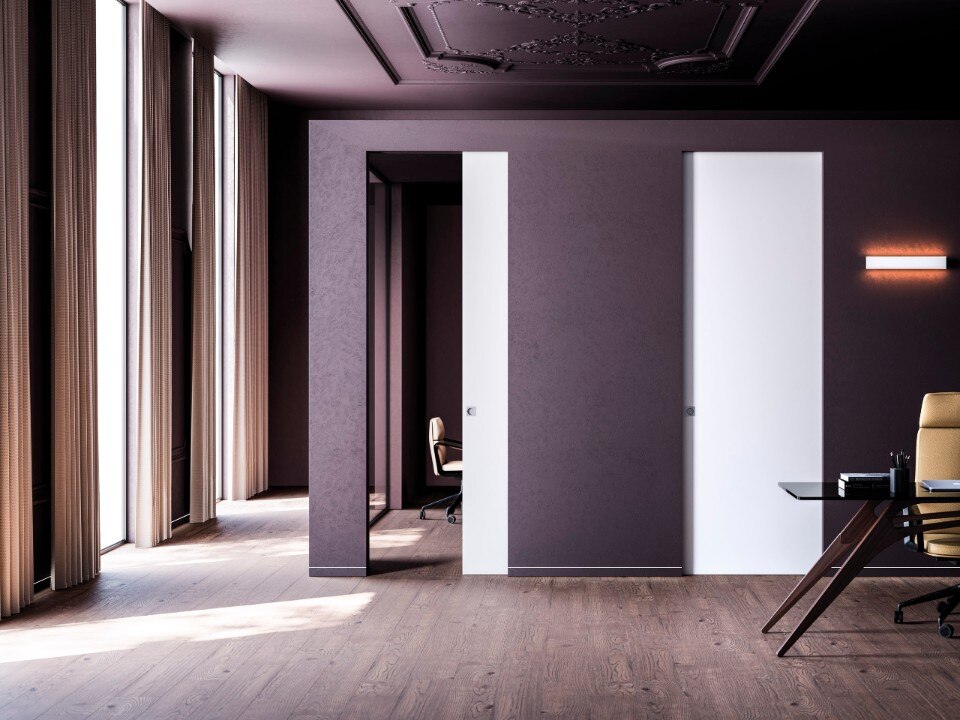I would like to start with two important graphic design volumes, a field that deserves a great attention because of its strategic importance in our global communication society. The first is the Programme entwerfen / Designing Programmes’ new edition a fundamental work by the Swiss designer Karl Gerstner (1930-2017). The publisher Lars Müller, who in 2007 had already submitted a new book edition layout, now makes the 1964 original one, put on page by Gerstner himself, available in facsimile. The volume, a true manifesto, both theoretical and technical, is an essential and evocative witness of the computational design first steps, at the dawn of the digital age.
Just released in France, the book Pour une critique du design graphique by the design historian Catherine De Smet is expected to become a reference source.
While Switzerland has been promoting graphic design for decades, through important publications, exhibitions and awards to the point of becoming an export cultural landmark, in France the process has only just begun. But it is visibly underway: not only the museums are increasingly interested in the complex and varied graphic design universe and its impact on society, but the publications are multiplying. Through a digital platform, an archive and a magazine, Graphisme en France, the Centre National des Arts Plastiques has committed to take a census of active forces. Several specialised publishing houses have emerged in recent years, such as B42, founded in 2008, which already has more than thirty publications in its catalogue, including Back Office magazine.
Catherine De Smet’s book (published by B42) is composed as a case studies constellation, dealing with the graphic design in its widest extension: from books (by Philippe Millot, Paul Cox, Le Corbusier or Bruce Mau for Rem Koolhaas...) to posters, from record covers to typefaces, from visual identities (such as the Centre Pompidou logo designed by Jean Widmer) to signage systems, until the use of graphics in contemporary art projects (by Thomas Hirschhorn). Episodes from a new and deeply vital story, which, by deciphering the signs impact, make it possible to reread the avant-garde experiments, the development of the media but also the contemporary society transformations.
For those who haven’t read them yet, I recommend two books, released in 2018 and 2019 respectively, Design as an Attitude by the English critics Alice Rawsthorn and Design by Accident. For a New History of design by the French design historian Alexandra Midal. Two volumes that fill a void, broadening the definition of design as a social practice beyond the simple objects or products creation. If Alice Rawsthorn’s book, which brings together and develops the articles published in Frieze magazine, offers an updated and electrifying scenario of projects in which design appears as “an agent of change, interpreting mutations of all kinds – social, political, economic, scientific, technological, cultural and ecological”, the historical path traced by the clear and brilliant Alexandra Midal’s writing, overturns the traditional notions of design as a project of modernity, showing how, since the time of William Morris, has been inhabited by a critical and politically committed dimension.
Finally, I would like to mention the simultaneous publication of two books in French by the Swiss architect Philippe Rahm. The first, Ecrits climatiques (2020), published by B2 (founded and directed by Nikola Jankovic, and undoubtedly one of the most original publishing projects in the French scenario), gathers a series of second-hand essays (including the chronicles published on Domus in 2018). The second, Histoire naturelle de l’architecture (2020), accompanies an ambitious exhibition recently opened (and immediately closed due to lockdown) at the Pavillon de l’Arsenal in Paris. Through a series of evocative examples, Rahm invites us to rethink the architecture history, no longer starting from geometry or morphology, but from meteorology and physiology, from the relationship that man establishes with the physical and the climatic conditions of his habitat. A realism test: as soon as the ecological crisis is forcing us to rethink the strategies for our homes and cities future, Rahm shows us how design, architecture and urban planning have always been inextricably linked to energy resources, health and environmental issues. And at the same time, he reveals us the way to a more sustainable architecture, which instead of designing solids (walls and surfaces) focuses on voids, the space in which we breathe and live.
Emanuele Quinz (Bolzano, 1973) è storico dell’arte e curatore. Professore associato all’Université Paris 8 e ricercatore associato all’EnsadLab (École nationale supérieure des Arts Décoratifs), le sue ricerche esplorano le zone di frontiera tra le diverse discipline artistiche.

The lounge moves outdoors
Pedrali presents a collection of padded outdoor furniture designed to transform exterior space into elegant and functional extensions of the home.










